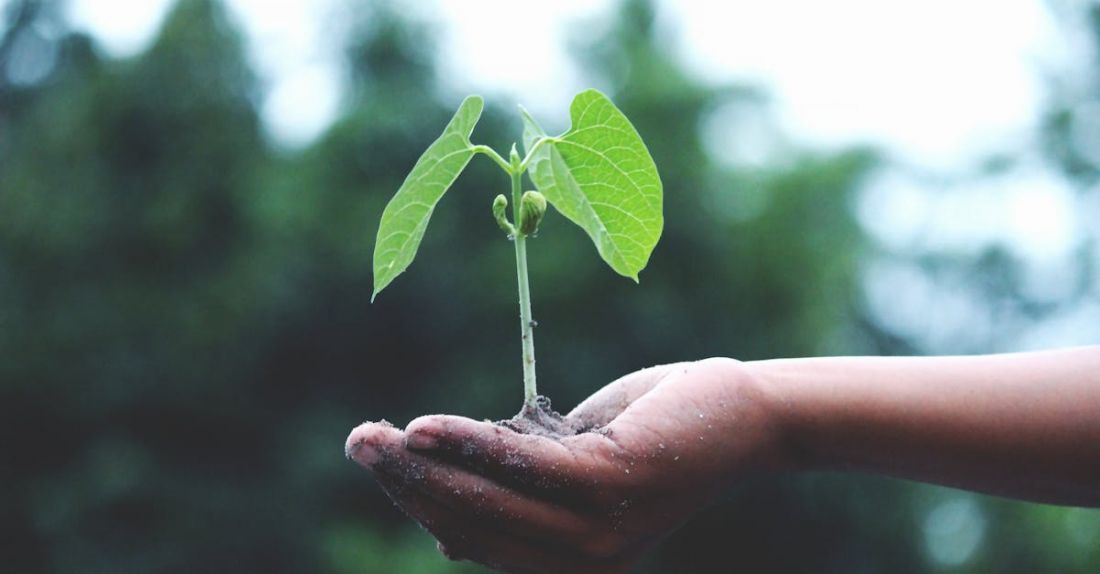
Urban Tree Planting Strategies
Urban tree planting plays a significant role in enhancing the quality of life in cities by providing numerous environmental, social, and economic benefits. Trees in urban areas help reduce air pollution, mitigate the urban heat island effect, conserve energy, and improve mental well-being. However, planting and maintaining trees in urban settings come with unique challenges that require thoughtful strategies to ensure their successful growth and long-term survival.
Selecting the Right Tree Species
Choosing the appropriate tree species is crucial for the success of urban tree planting projects. Not all trees are well-suited for urban environments due to factors such as pollution, compacted soil, limited root space, and restricted sunlight. When selecting tree species for urban areas, it is essential to consider their tolerance to urban conditions, including pollution, drought, pests, and diseases. Opt for native or adaptive species that can thrive in urban settings and require minimal maintenance.
Site Selection and Preparation
Proper site selection and preparation are key components of successful urban tree planting initiatives. When selecting a site for tree planting, consider factors such as soil quality, sunlight exposure, proximity to buildings and infrastructure, and potential hazards like overhead wires. Ensure that the site provides adequate space for the tree to grow and develop a healthy root system. Before planting, assess the soil conditions and make any necessary amendments to improve drainage and aeration.
Planting Techniques
Utilizing the right planting techniques is essential to ensure the healthy establishment of urban trees. When planting a tree, it is crucial to dig a wide planting hole that is at least two to three times the width of the tree’s root ball. Avoid planting trees too deep or too shallow, as this can negatively impact root development. Properly backfill the planting hole with a mixture of native soil and organic matter to provide adequate nutrients and support for the tree’s growth.
Mulching and Watering
Mulching and watering are critical practices that help promote the health and vitality of urban trees. Apply a layer of organic mulch around the base of the tree to retain soil moisture, suppress weeds, and regulate soil temperature. Mulch also helps protect the tree’s roots from damage caused by lawnmowers and foot traffic. Proper watering is essential, especially during the tree’s establishment period. Water new trees regularly, ensuring that the root ball remains moist but not waterlogged.
Pruning and Maintenance
Regular pruning and maintenance are essential for the long-term health and structural integrity of urban trees. Pruning helps remove dead, diseased, or damaged branches, promotes healthy growth, and enhances the tree’s aesthetic appeal. Proper pruning techniques are crucial to prevent over-pruning or causing unnecessary stress to the tree. Additionally, routine maintenance tasks such as inspecting for pests and diseases, fertilizing, and monitoring soil conditions are essential to ensure the tree’s continued health and vitality.
Community Engagement and Education
Engaging the community and raising awareness about the importance of urban trees are vital aspects of successful tree planting initiatives. Encourage residents to participate in tree planting events, volunteer for tree care activities, and learn about the benefits of urban forests. Educational programs, workshops, and outreach efforts can help foster a sense of stewardship and collective responsibility for urban trees. By involving the community in tree planting projects, cities can create a sense of ownership and pride in their urban forests.
Promoting Sustainable Urban Forestry
Sustainable urban forestry practices are essential to ensure the long-term viability of urban tree planting projects. Cities should develop comprehensive urban forestry plans that address tree planting, maintenance, and preservation strategies. Implementing green infrastructure initiatives, such as green roofs, rain gardens, and urban forests, can help mitigate the impacts of climate change, improve air quality, and enhance the overall livability of urban environments. By adopting sustainable practices and investing in urban tree planting, cities can create healthier, more resilient communities for generations to come.
In conclusion, successful urban tree planting requires a holistic approach that considers factors such as tree species selection, site preparation, planting techniques, mulching, watering, pruning, maintenance, community engagement, and sustainability. By implementing these strategies, cities can create vibrant urban forests that provide numerous benefits to residents and the environment. Urban tree planting is not just about adding greenery to the cityscape; it is about investing in the health, well-being, and sustainability of urban communities.





